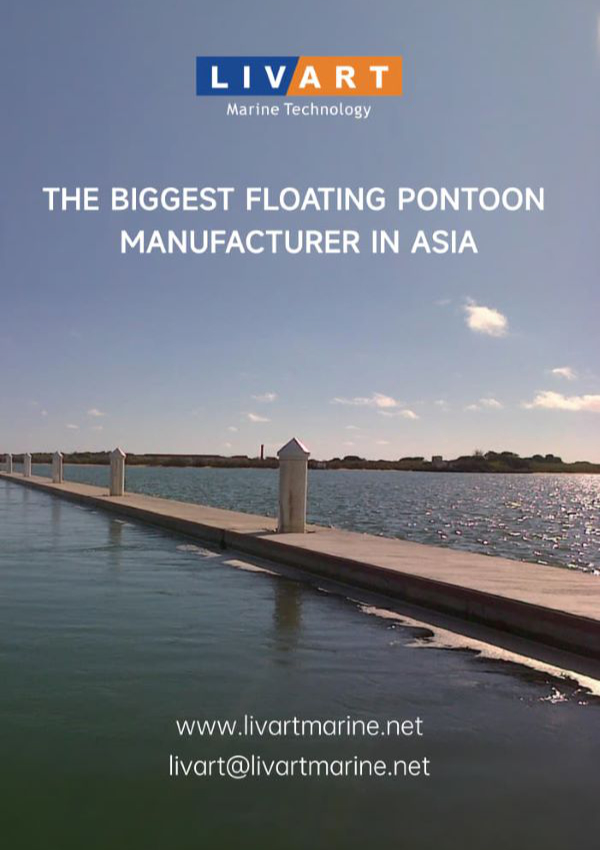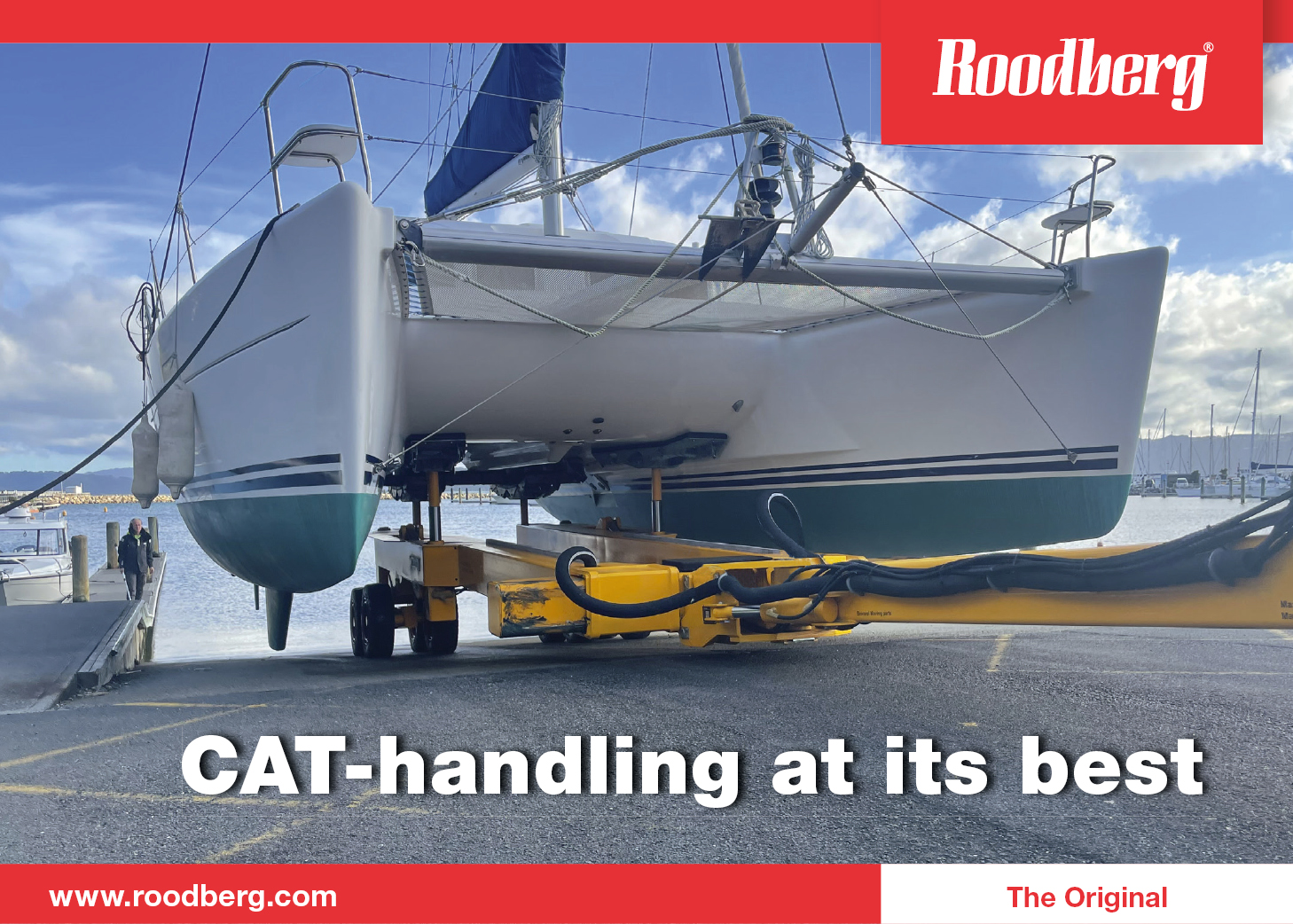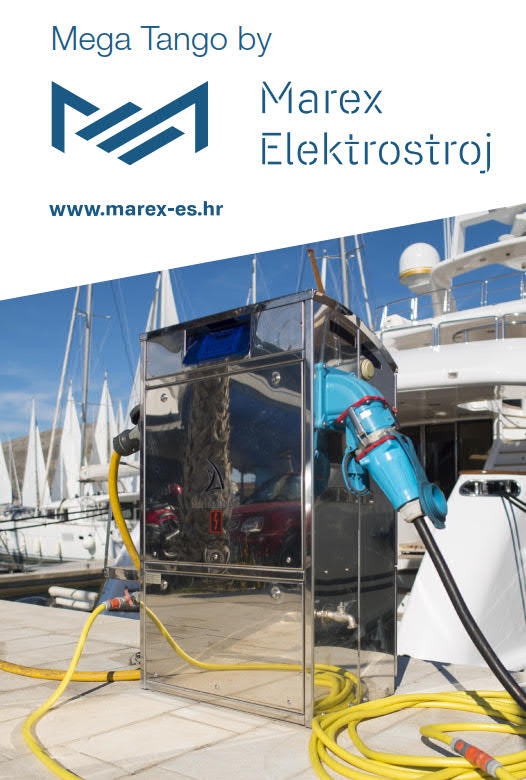Land and sea: the race to re-connect
Transformational projects that create new links between cities and their waterfronts are top of the agenda in Italy. The aim is to increase tourism and generate opportunities for direct and indirect economic growth. Donatella Zucca reports
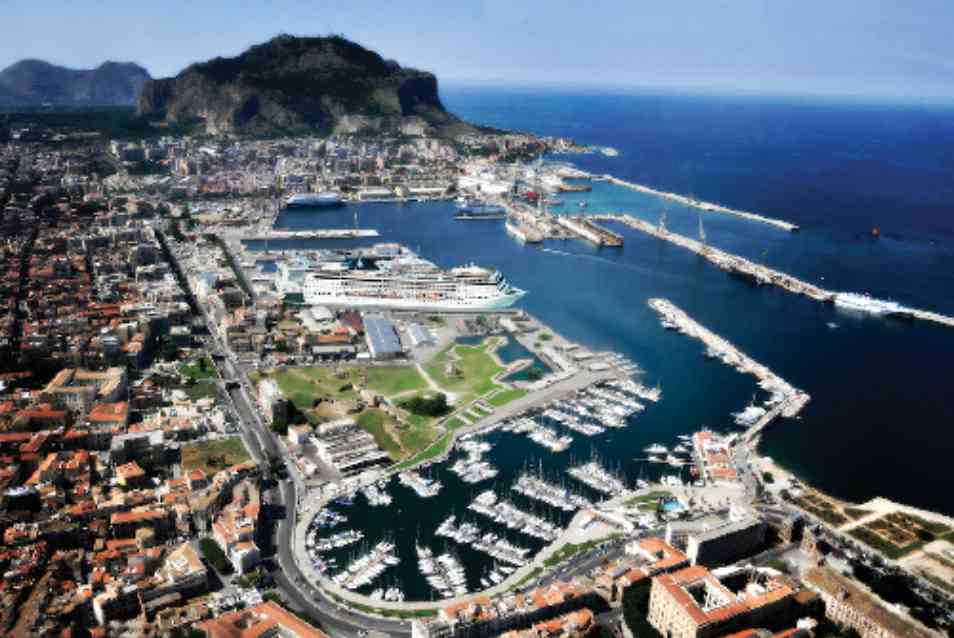
The Palermo waterfront, complete with marina and cruise terminal. Below: CGI of the waterfront at Civitanova Marche.
Masterplans and projects, in progress or under construction, actually appear to be multiplying. Some benefit from modern marinas, some enhance older facilities and others include brand new yachting infrastructure. Key factors include the need to balance relationships between nature and urban centres, nautical and urban architecture, and preservation and enhancement of historical areas, local culture and specific natural features. The rebirth of land and sea increasingly integrates the tourist port with its surroundings.
In some cases, focus is on areas closest to the sea and in others more general modernisation of existing seafront areas is being undertaken. The latter almost always includes enhanced marina services and extra nautical facilities. Where creation of a tourist hub is the aim, great attention is paid to the environment and to architecture so as to cover cruise offerings, tourist ports and large yacht mooring.
In Venice, for example, the movement of freight, cruise vessels and large yachts is being revised via the optimal use of old waterways and the creation of new ones. This mega project is proceeding very slowly and consists of a set of demanding steps, which if accelerated would solve long discussed critical issues and restore much of the city’s splendour.
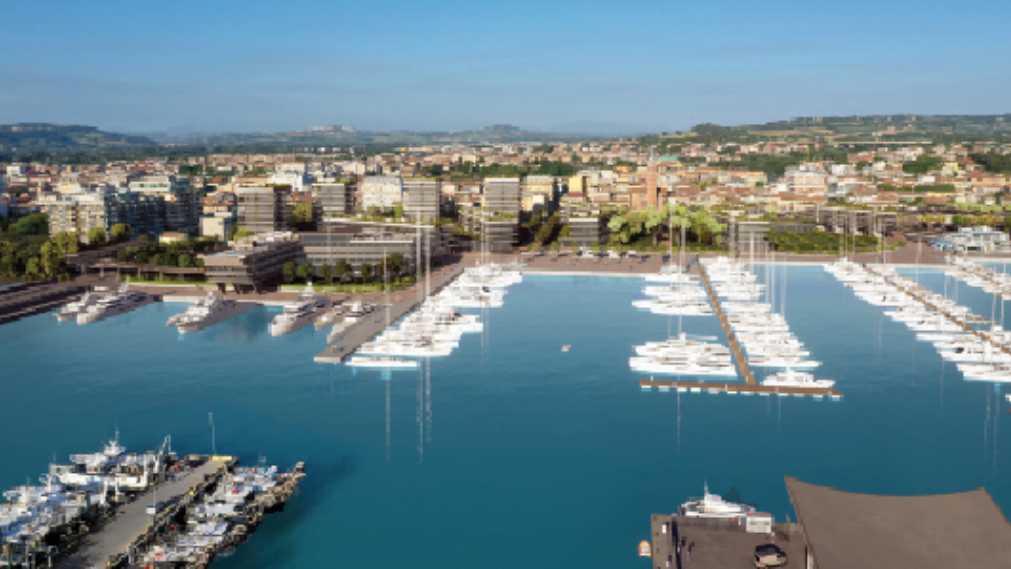
“The availability of funds from the National Recovery and Resilience Plan has generated an exponential growth of urban redevelopment projects presented to the government by many cities – in particular from those I like to call ‘maritime cities’, many of which have centuries-old history,” explains Captain Angelo Zerilli. Zerilli headed up the national tourist port sector at the Directorate General of State Property and Ports of the Infrastructure and Transport Ministry for 30 years and is now vice president of Blue Pool Advisors and a member of Marina Development Network (MDN).
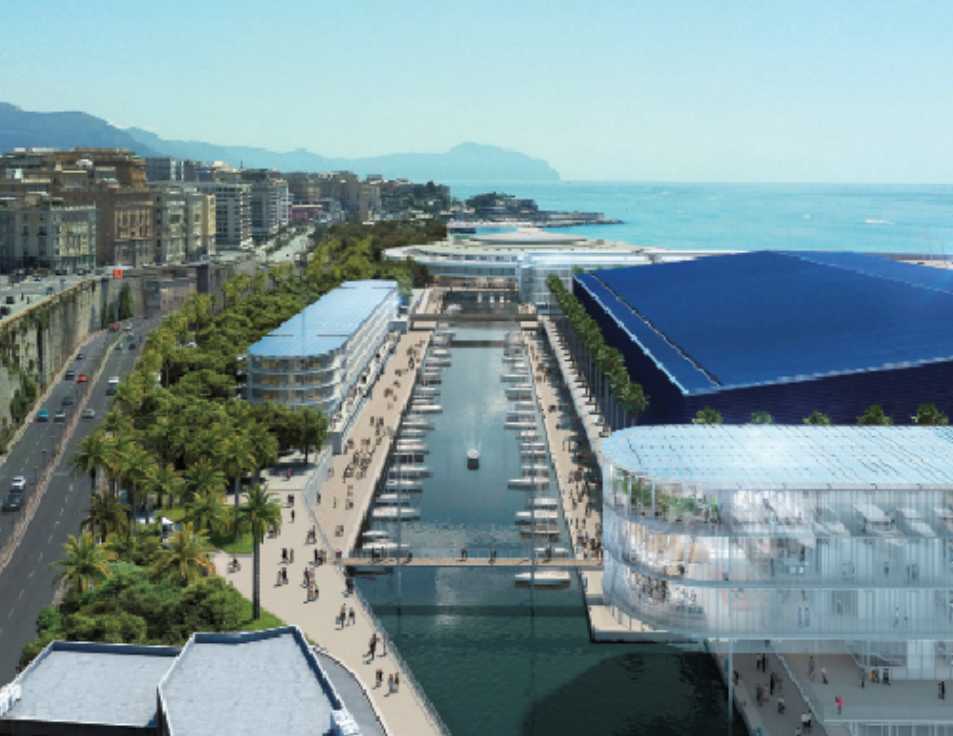
The Waterfront di Levante in Genoa project, as designed by RPBW-Renzo Plano Building Workshop Architects and partner OBR Oper Building Research.
“The downside of the ambitious programme could well be red tape but, given the recent regulations on speeding up administrative procedures, this should not happen,” Zerilli notes. “The Italian Government has provided for the direct takeover of central government bodies should local administrations delay the procedures related to the approval process.”
The most significant improvements should be made in southern Italy. “In the ports of the south, traditionally intended for fishing or small coastal boats, maximum attention should be paid to the breakwaters, adapting them to the increased violence of weather and sea phenomena. Then attention should be paid to adapting the mooring to suit the demand for vessels over 24m (79ft) by undertaking possible dredging and pontoon extensions – that still respect the spaces for fishing boats,” he says.
“Depending on the type of boats in the marina, the creation of shipbuilding areas for refitting, as well as for nautical clubs, shopping centres and fish markets are important, as is training for port staff and the connection with the city through parking, pedestrian and bicycle areas. I believe that the cities would benefit immediately and then a worldwide promotion of the tourist, cultural and environmental riches of the territories would win through.”
Zerilli was editor of the DPR 509 -1997 on the creation of national tourist ports and thus a chief promoter of most Italian marinas. Last year, 15 projects emerged that can be traced directly back to the waterfront developments and, today, there are even more.
Key examples include the redevelopment of the Venice lagoon and the interior canals, together with three important interventions in Marghera and a re-launch of the Lido. In the Marche region, we have the Civitanova Marche project, and in Liguria the study for the Chiavari waterfront, Marina di Ventimiglia behind the tourist port, and the reconstruction of Rapallo International Tourist Port. Porto di Sanremo is another example and in Tuscany, the Marble of Massa Carrara, Livorno Porta a Mare project and the areas around the Marina di Pisa. Further south, the harbour front of Naples and in Calabria, the waterfront and marina of Lamezia Terme and the Regium Waterfront of Reggio Calabria, with its Museo del Mare designed by Zaha Hadid Architects. In Puglia, the Waterfront San Girolamo in Bari and Mar Grande of Taranto, and in Sicily the 4km (2.5mi) of Catania Guarda il Mare. Plus others in design or proposal phase, not counting those on rivers and lakes.
Focus on Genoa and Palermo
After a lengthy planning process that saw several changes, the Levante waterfront in Genoa is now taking shape. Developed by RPBW and OBR, headed by architect Renzo Piano, it is now partly complete and will benefit the quality and hospitality of Marina Fiera Genova and the International Boat Show. The area previously occupied by exhibition halls has now been radically transformed and surrounded by a canal harbour (created by dredging the seabed) that is served by three bridges.
For the City, this is perhaps the most important urban regeneration project in decades and is in step with forward thinking environmental measures. Developed with a Nearly Zero Energy building approach, it favours local renewable materials. Buildings make the most of natural light and ventilation and energy is derived from heat pumps, photovoltaic and solar-thermal systems. Energy recovery, low temperature plant systems, smart metering solutions and advanced controls are in the mix.
The €240 million site investment includes an urban park and a new dock, and connected public works feature a panoramic lift to the city, a mobile pedestrian bridge over the main canal and multiple additional pathways.
In Palermo, the focus of a €155.5 million waterfront project is primarily the re-launch of shipbuilding in the port and development of a cruise terminal. But Pasqualino Monti, president of the Port System Authority of the Western Sicilian Sea and commissioner of the Palermo Waterfront Project, confirms there is also a plan for a 12-berth marina for megayachts up to 100m (330ft). The contract for this was issued a year ago but a further €6 million will be spent on building the marina accommodation and tourist facilities.
“This will be offered as a concession and we will go out to tender for management,” Monti confirms. He considers that “the offering will convince crews ahead of owners to stop in this beautiful town even if initially we only have transits.” Dedicated crew space and close proximity to the shipyard will be major attractions in a “sort of Barceloneta”. “We have all the credentials to succeed even if we find it hard in Italy to envisage how such opportunities can be created. Sicily offers an excellent mix of beauty, culture, history and products so the nautical tourism response could be extraordinary.”

